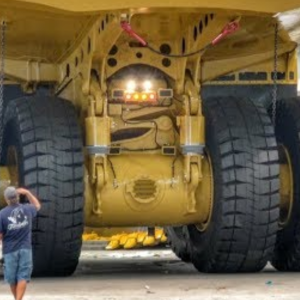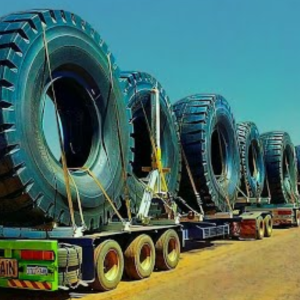
In the fifties, American Motors dominated the compact class with the smartly equipped Rambler. Here’s the sales pitch for 1955.
There’s one thing they’re not telling us in this campaign for the 1955 Rambler, perhaps because the decision had not yet been made. While American Motors would adopt the Rambler name on a full range of products in 1956, the original Nash Rambler introduced in 1950 was discontinued. However, the Rambler would be returned to production in 1958, and to great success, too, as the U.S. compact market was by then taking off.

Following the merger of Nash and Hudson in 1954 to create American Motors, the company carefully juggled the Nash, Hudson, Rambler, and American Motors names to help guide dealers and consumers through the transition. As described in the clip below, Ramblers were sold by both Nash and Hudson dealers, now united under the American Motors banner, where the tagline was “More for Americans.” Ramblers sold by Hudson dealers, however, had Hudson badges attached. WIth the end of the 1957 model year, the Nash and Hudson brands were retired.
This spot effectively underlines the features that made Rambler a success. While it was small, it didn’t come across as cheap. Unlike its U.S. competitors,the Rambler featured a nicely appointed interior with colorful fabrics and reclining seats. Meanwhile, attractive extra-cost options included GM Hydra-Matic transmission ($179) and all-season air conditioning ($345). Priced in the $1500 to $2,000 range, the Rambler cost as much as a full-size Ford or Chevrolet. But there were buyers who were willing to pay for a good, small car, as the rapidly expanding import market soon demonstrated. Video below.





